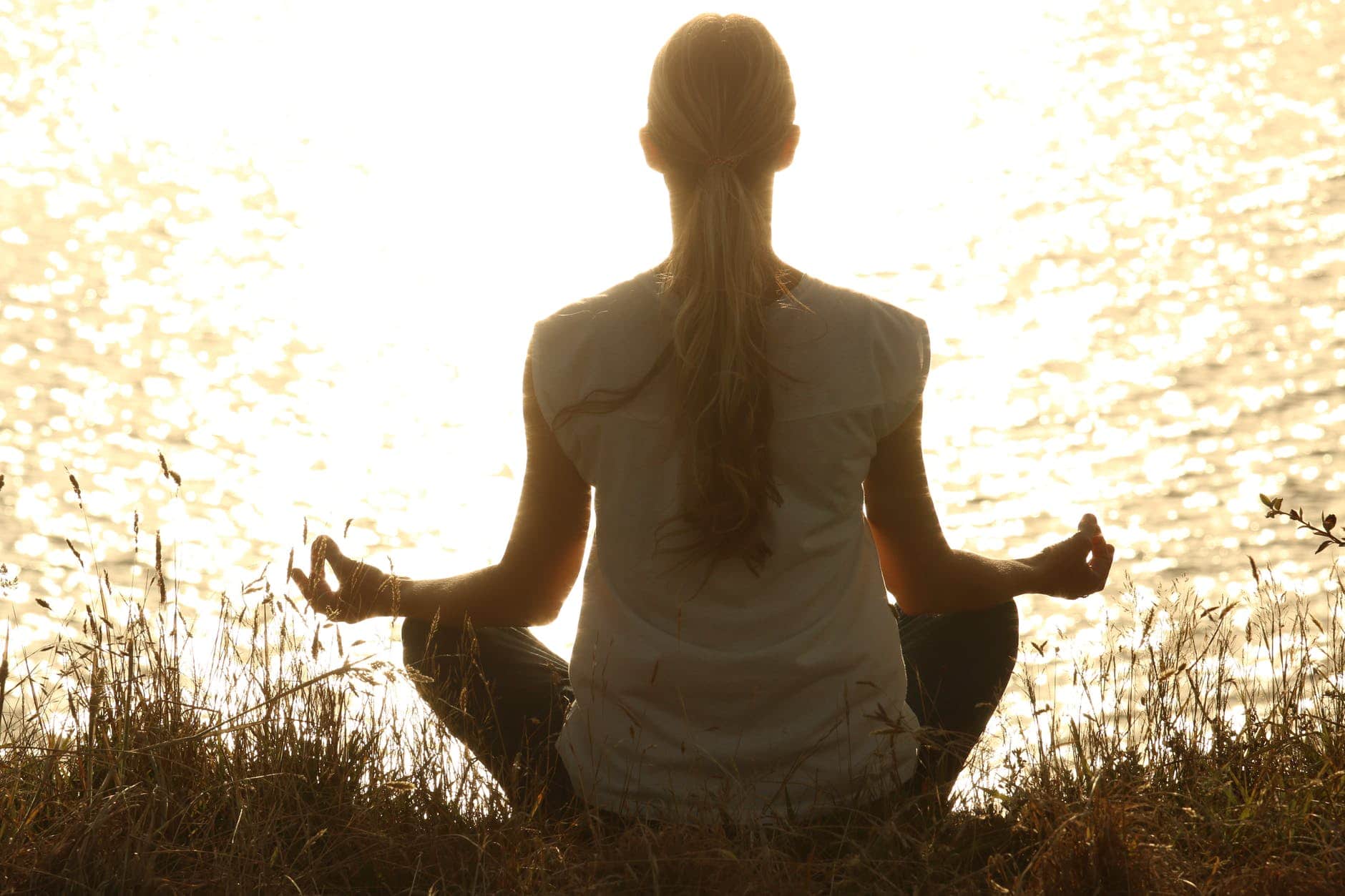
- The App
- Sandboxx News
- Resources
Learn
- Company
About
Become a Partner
Support
- The App
- Sandboxx News
- Resources
Learn
- Company
About
Become a Partner
Support
I’ve recently noticed an interesting coronavirus phenomenon: There’s a lot more wellness advice out there right now. A LOT. As we spend more time online,...

I’ve recently noticed an interesting coronavirus phenomenon: There’s a lot more wellness advice out there right now. A LOT. As we spend more time online, on podcasts, on YouTube, and on social media, we’re being inundated with advice to use this time at home to lose weight, get fit, be more sustainable, be better parents, clean out our closets, start a farm, write a bestselling book, order supplements, do a juice cleanse, detox our homes, go vegan, watch online courses, become nutritionists, and more.
Is it working? Not really. Instead, we’re turning to online shopping, tv shows, and record amounts of wine. We’re being so overwhelmed by productivity and wellness advice that we’re going in the opposite direction.
Maybe we just need to simplify it all. I didn’t invent them – they’re a mainstay in the wellness community – but I’ve found the Three Ms to be the best health advice I’ve ever received. Why? Because they’re simple goals, instead of rules, and they don’t lure you into failure. Anyone can do them. The point is to get your mind and body to a place of calm, intentional living, so that when we encounter a choice (the fried chicken or the salad? the horror movie or the audiobook?) we make the choice that will make us feel better. Clearly, there will be times when we really need that fried chicken, and that’s okay too. But we’re not choosing it just because it’s there.

Move your body. That’s all. You don’t have to run five miles every day. Maybe you take your kids outside and walk a mile. Maybe you do cartwheels on your lawn. Maybe you do gentle stretching or yoga for ten minutes when you wake up. Maybe you park at the far end of the parking lot of the grocery store so you walk a little farther. It’s just about movement – not about six-pack abs or burning x number of calories or getting your heart rate to an exact number for x minutes.

Mindful eating means choosing the foods that nourish our minds and bodies and be thoughtful about where they came from and how we consume them. The famous example of mindful eating is to take 10 minutes, or more, to eat one raisin. First you examine it, smell it, touch it. You think about how it started out as a grape, and where it was grown, and who grew it, and how it got into its packaging. Then you put it on your tongue and let it sit there for a while, really tasting it. You close your eyes so you are only focusing on the raisin. When you chew it, you chew it slowly, savoring each bit.
This is a lovely exercise, but we can’t do this with everything we eat. But the principles behind it are great ones. They encourage us to think about the foods we buy and eat, before we buy and eat them. So, for example, if you’re going to buy strawberries, maybe you buy them from your local farmers’ market instead of your big box grocery store. Or maybe you find our local pick-your-own farm. When you bring them home, you wash them gently, taking care not to damage them.
Mindful eating means cutting down on processed and packaged foods, eating fresher, chewing a little more slowly, and thinking about how the food tastes, instead of watching tv or doing work while we eat.

Everyone from your mother to your doctor to your pastor to your mailman has probably been telling you to meditate for years. It has become THE THING in wellness lately. One of the most hyped products at this year’s CES, the world’s largest tech conference, wasn’t a car or a phone. It was a handheld meditation trainer.
The problem is, it’s really hard to discount meditation as something trendy or frivolous, because all the science shows that it actually makes us feel better.
But the thing about meditation is that it’s really, really hard. It’s just HARD to sit there for ten minutes and not do a thing – not fidget or look at our phones or think about how we have to cook dinner or whether it would be better for us to be exercising instead of sitting. That’s why I love guided meditations, which help me listen, and I love lying down meditations, which help me feel a sense of surrender and calm. Outside meditations – where you just take in nature for a few minutes, without doing anything – are also great.
Some other great advice about meditation that I’ve heard is to do it in a closet. Set up a candle and a small altar with essential oils, or religious symbols, or crystals, or something that makes you feel calm. When you’re in your closet, no one bothers you; and by physically shutting the world out, it helps you shut the world out of your mind too.
So instead of feeling like you’re doing wellness all wrong, try this approach to feeling healthier and calmer. It’s really all about finding little things to do right, and feeling like you’ve done yourself a little favor every day.




